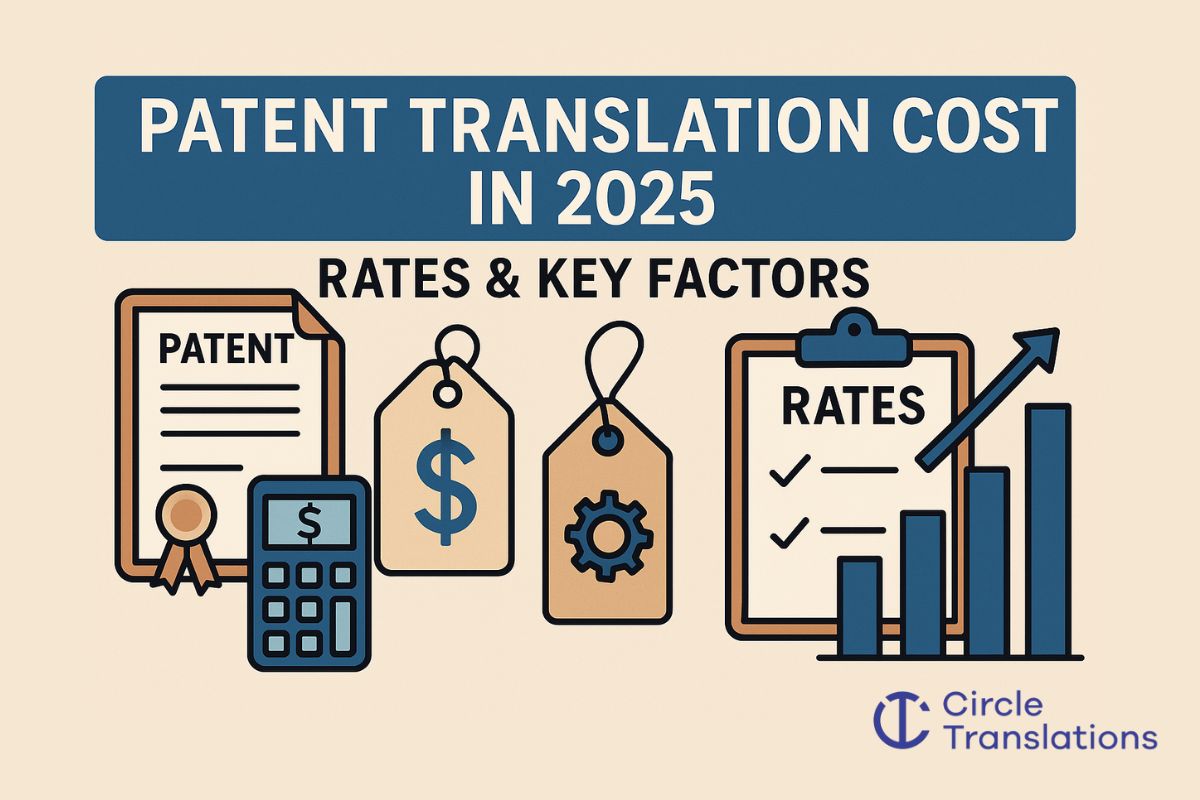Subtitles serve as a vital tool in elevating the viewing experience for audiences across the world. The benefits of subtitles include bridging linguistic gaps and accommodating the requirements of individuals with hearing disabilities.
As the need for accessible content on a global scale continues to grow, it becomes increasingly important for content creators and distributors to familiarize themselves with various subtitle formats. In this article, we will dive into the topic domain of subtitle formats, highlighting their importance and examining the multitude of formats at our disposal.
By acquiring an in-depth knowledge of these formats, you will be better prepared to make well-informed choices when producing or sharing your video content, guaranteeing that it connects with and appeals to a broader audience. So, let’s set out on this enlightening exploration and unleash the power of subtitles in the world of digital media.
The Significance of Choosing the Right Subtitle Format
Picking the right subtitle format is crucial for a variety of reasons, as it directly affects the viewing experience, accessibility, and compatibility across numerous platforms and devices. The optimal subtitle format guarantees that the text aligns with the audio, offering viewers a smooth and enjoyable experience without detracting from the content itself.
Accessibility is another vital aspect to keep in mind when selecting a subtitle format. By choosing a format that enables features such as customizable font size, style, and color, you accommodate the requirements of viewers with visual impairments or unique preferences. Furthermore, subtitles significantly contribute to making content available for the deaf or hard-of-hearing community, emphasizing the necessity of picking an appropriate format.
Additionally, compatibility is a critical factor to consider when determining a subtitle format. Since various media players, streaming platforms, and devices support different formats, opting for the most compatible one ensures that your content can be appreciated by a wider audience without technical complications. This compatibility also streamlines the process of integrating your video into diverse distribution channels.
Lastly, some subtitle formats allow for the inclusion of multiple languages, which is particularly advantageous for worldwide content distribution. By opting for a flexible and broadly supported format, you can cater to diverse audiences, breaking down language barriers and boosting the overall attractiveness of your content.
In summary, selecting the proper subtitle format is of utmost importance, as it significantly impacts the viewing experience, accessibility, and compatibility. It also part of your video localization efforts, as it increases the global reach of your video content. By making well-informed choices regarding subtitle formats, you can effectively broaden your audience and create more inclusive and captivating content.
Top Recommended Subtitle File Types for Different Needs
Subtitles play a crucial role in video content, as they offer viewers a means to comprehend the dialogue in the video. Numerous subtitle file types exist, and determining the most suitable one for your requirements can be challenging.
The most frequently utilized subtitle file format is SRT (SubRip Subtitle). Most media players and streaming platforms support this format, making it an optimal choice for subtitles intended for widespread distribution. Creating and editing SRT files is also relatively straightforward.
Another prevalent subtitle file format is WebVTT (Web Video Text Tracks). This format was specifically engineered for web-based videos and provided more advanced features than SRT files, such as multi-language support and text styling options. It is also compatible with HTML5 video players.
The TTML (Timed Text Markup Language) format presents another alternative that offers more sophisticated features than SRT or WebVTT files. It accommodates multiple languages, text styling options, and even timed animations. However, this format demands slightly more technical expertise to create and modify compared to the other two formats mentioned earlier.
Lastly, SBV (YouTube Format) is a specialized format explicitly crafted for YouTube videos. It supports basic text styling options but lacks the advanced features found in TTML files.
Depending on your project’s specifications, you might want to employ one or more of these formats to ensure that your subtitles display accurately across all platforms and devices.
Subtitle File Formats: Know Your Compatible Options
Selecting the appropriate subtitle file format requires careful consideration of several crucial factors. The most significant factor is the type of video content you are dealing with, as various video content types necessitate different subtitle file formats to be displayed correctly. For instance, if you are working with a movie or television show, the SubRip (SRT) format is likely the most suitable choice due to its wide support and compatibility.
Another vital aspect to consider when choosing a subtitle file format is the need for additional information, such as timestamps or text formatting. If these features are required, formats like Timed Text Markup Language (TTML) and SubStation Alpha (SSA) might be more appropriate for your needs. These formats enable advanced features like text formatting and timing information, contributing to a more polished and professional appearance of subtitles.
Lastly, it is essential to take into account how subtitles will be displayed on various platforms. For example, YouTube employs its proprietary format called SBV, which must be used to ensure proper subtitle display on its platform. Likewise, other streaming services may have specific requirements regarding subtitle file formats, so it is crucial to verify those before making a final decision.
On the whole, numerous factors should be considered when choosing a subtitle file format, including the type of video content, any additional features required, such as text formatting and timestamps, and the display of subtitles on different platforms. By addressing all these considerations, you can guarantee that your subtitles appear excellent regardless of where they are viewed.
Professional Subtitling Services: Why You Need Them
Producing subtitles for videos can be a complex and lengthy process, even for the most seasoned video editors. As a result, many businesses opt to delegate their subtitling requirements to a professional service. Professional subtitle services offer numerous advantages over conventional DIY approaches, including enhanced accuracy, quicker turnaround times, and cost-effectiveness.
Professional subtitling services rely on sophisticated speech software and human editors to guarantee that subtitles are precise and correctly formatted. This degree of accuracy is particularly crucial for videos that may require translation into multiple languages or those containing intricate audio elements such as music or sound effects. Furthermore, professional services deliver faster turnaround times, ensuring that subtitles are readily available when needed.
Subtitles

Professional and Accurate Subtitle Services for your Videos.
- Video subtitles specifically tailor-made for improving accessibility.
- Using highly experienced subtitlers with years of industry experience.
- Professionally written and expertly timed.
Translation

We help the world’s top companies translate their content in over 73 languages!
- We localize content for internet websites, games, travel, cryptocurrencies, and more
- Expand your global audience by adding different languages.
- We work only with qualified translators and experienced content creators
Audio translation

Ensuring full accessibility for Blind and visual impaired audiences.
- Visual descriptive events as they occur in the video.
- Working with top audio describers to perfectly describe what is happening on-screen
- Professional sound recording.














